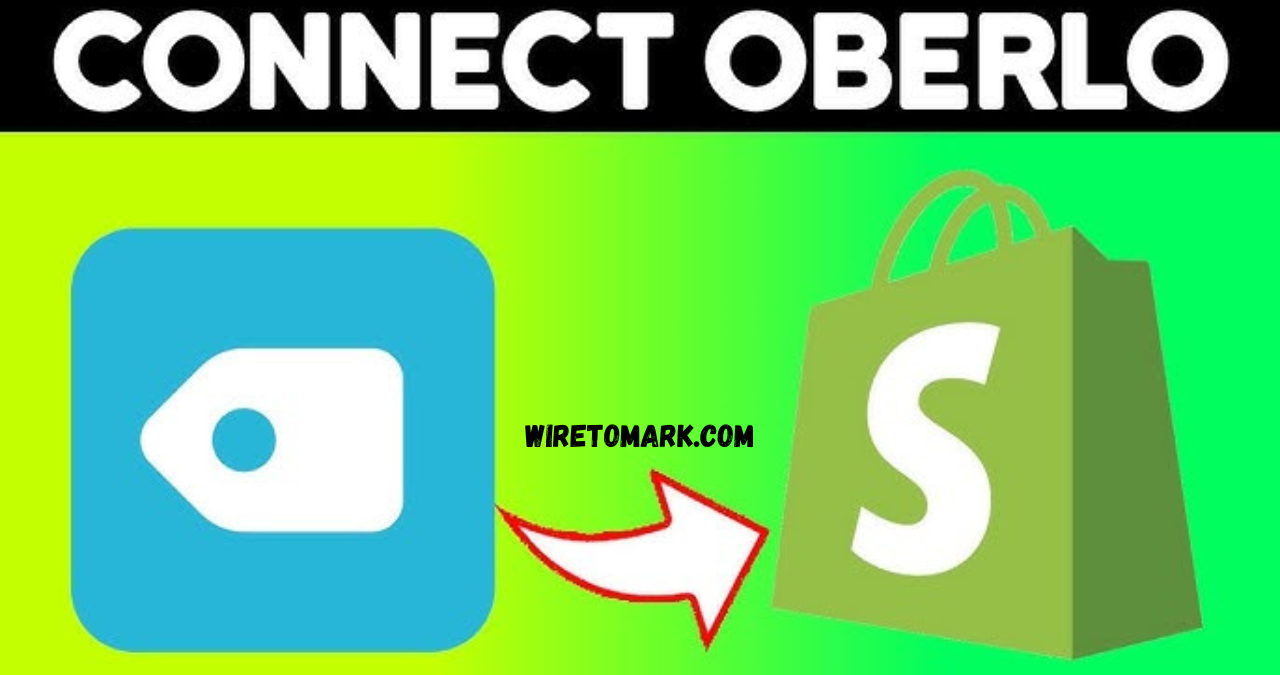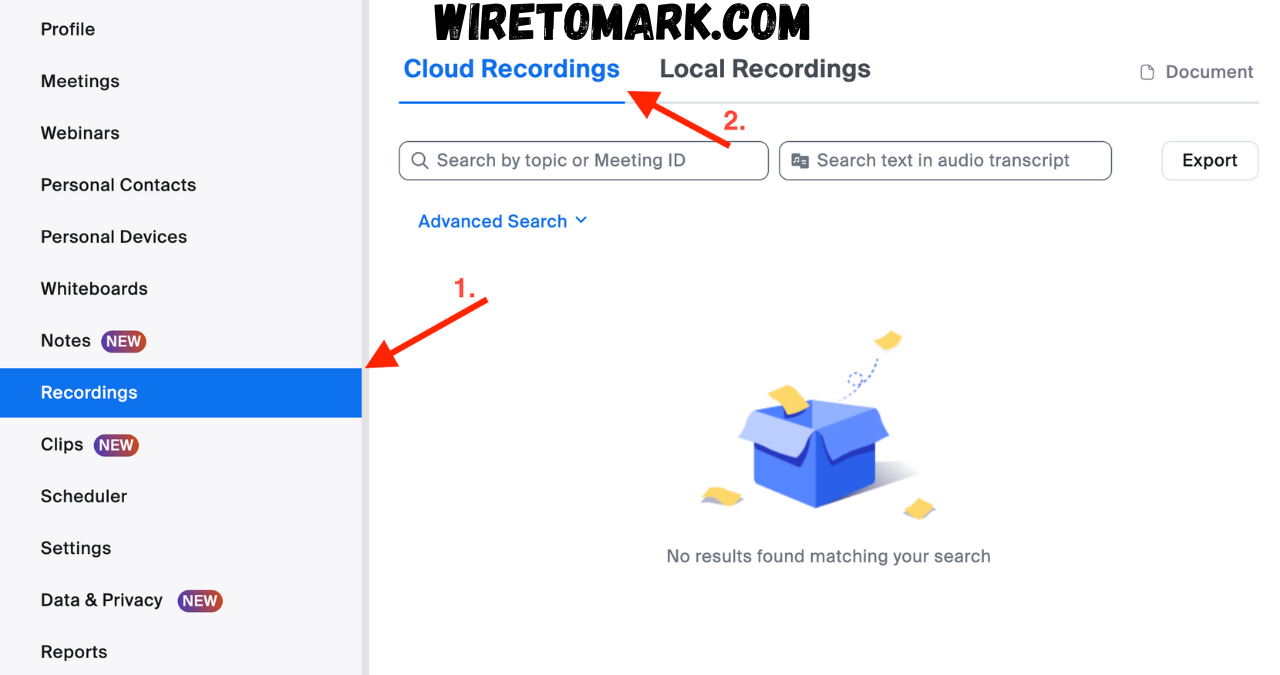When it comes to dropshipping, Oberlo has always stood out as one of the most well-known platforms in the e-commerce industry. It opened the door for countless entrepreneurs who wanted to launch online stores without holding inventory or worrying about upfront stock costs. What made Oberlo particularly appealing was how beginner-friendly it was. Even someone with little technical knowledge could quickly start building an online store and source products directly from suppliers with just a few clicks.
The platform became a trusted partner for store owners who were looking for efficiency, convenience, and a way to scale quickly. Whether it was importing products from global suppliers or automating order fulfillment, Oberlo made things simple. While it had its ups and downs in the market, its impact on the world of online business cannot be denied. This is why many new entrepreneurs still want to learn more about what Oberlo was, how it worked, and the lessons it left behind for the future of dropshipping.
Oberlo and the Rise of Dropshipping
The rise of Oberlo was tied closely to the global boom in dropshipping as a business model. Dropshipping allowed people to build e-commerce businesses without physically managing products. Instead, store owners acted as middlemen—sourcing items directly from suppliers and shipping them to customers. Oberlo simplified this process by becoming the bridge between Shopify and suppliers, allowing seamless integration and fast product imports.
Many early users saw Oberlo as a revolutionary tool. Not only did it save time, but it also opened the floodgates for people worldwide to step into the e-commerce game. This democratization of online selling was one of the reasons Oberlo gained so much attention. Small business owners who once thought selling online was out of reach suddenly found themselves with powerful tools at their fingertips.
Oberlo as a Shopify Partner
One of the strongest reasons for Oberlo’s popularity was its partnership with Shopify. Shopify has been the leading e-commerce platform, and with Oberlo integrated directly into it, the process of setting up a dropshipping store became straightforward. Users could browse product catalogs, select items they wanted, and automatically sync them into their Shopify store.
This seamless integration meant fewer technical headaches and more focus on business growth. Instead of worrying about inventory management or complicated logistics, store owners could put their energy into marketing, branding, and customer engagement. Oberlo empowered entrepreneurs to focus on what truly mattered: building a business rather than drowning in operational tasks.
Why Oberlo Stood Out in the Market
What set Oberlo apart was its simplicity combined with powerful features. Other dropshipping tools existed, but Oberlo had an edge thanks to its beginner-friendly interface. It wasn’t intimidating for newcomers, yet it offered enough depth for experienced sellers. This balance made it an attractive option for people at all levels of the business journey.
Another standout factor was automation. Tasks that would normally take hours could be handled in minutes. From updating product prices to syncing inventory in real-time, Oberlo reduced the manual workload significantly. This automation gave entrepreneurs time to focus on scaling their stores rather than micromanaging every order.
The Pros and Cons of Using Oberlo
Every tool has its strengths and weaknesses, and Oberlo was no different. On the positive side, it offered easy access to a wide variety of products, straightforward integration with Shopify, and powerful automation features. These advantages made it a solid choice for entrepreneurs starting out in dropshipping.
However, it also had its drawbacks. Many users found that relying heavily on overseas suppliers sometimes meant slower shipping times, which could frustrate customers. Additionally, with many people using Oberlo to source the same products, competition often became intense. These challenges meant that success with Oberlo wasn’t guaranteed, but rather depended on smart strategies and persistence.
Lessons Entrepreneurs Can Learn from Oberlo

Even though Oberlo is no longer available as it once was, the lessons it left behind remain valuable. One of the biggest takeaways is that tools can only take you so far. Oberlo made it easy to start, but long-term success depended on branding, marketing, and building customer trust. Entrepreneurs who invested in customer relationships and unique store identities fared far better than those who simply relied on the tool itself.
Another important lesson is adaptability. The e-commerce landscape shifts quickly, and while Oberlo provided a strong foundation, business owners had to evolve as customer expectations and technologies changed. Those who adapted their strategies were able to grow beyond Oberlo and continue thriving.
Alternatives to Oberlo Today
With Oberlo no longer active, many entrepreneurs look for alternatives. Luckily, there are plenty of options available today, each offering its own features. Tools like DSers, Spocket, and SaleHoo have stepped in to fill the gap, providing similar product sourcing and automation capabilities. These platforms continue the spirit of Oberlo, making dropshipping accessible to people across the globe.
Choosing the right alternative depends on your business goals. Some focus on faster shipping by working with US or EU suppliers, while others emphasize wider product selection. The key is to evaluate each platform based on your target market and customer needs, ensuring you provide the best shopping experience possible.
The Future of Dropshipping Beyond Oberlo
While Oberlo is a big part of dropshipping history, the industry itself is still growing. Customers want faster shipping, better product quality, and unique shopping experiences. This means the future of dropshipping will revolve around finding reliable suppliers, building strong brands, and leveraging technology in smarter ways.
Entrepreneurs who focus on customer satisfaction rather than just profits will continue to thrive. The tools may change, but the principles of good business remain the same. Oberlo showed the world what was possible, and the next generation of platforms is expanding on that vision to meet today’s demands.
Conclusion
Oberlo may no longer be around, but its influence on the world of e-commerce is undeniable. It gave thousands of people a chance to start businesses with minimal investment, and it made dropshipping accessible on a global scale. While its closure marked the end of an era, the lessons it taught remain important for entrepreneurs today.



